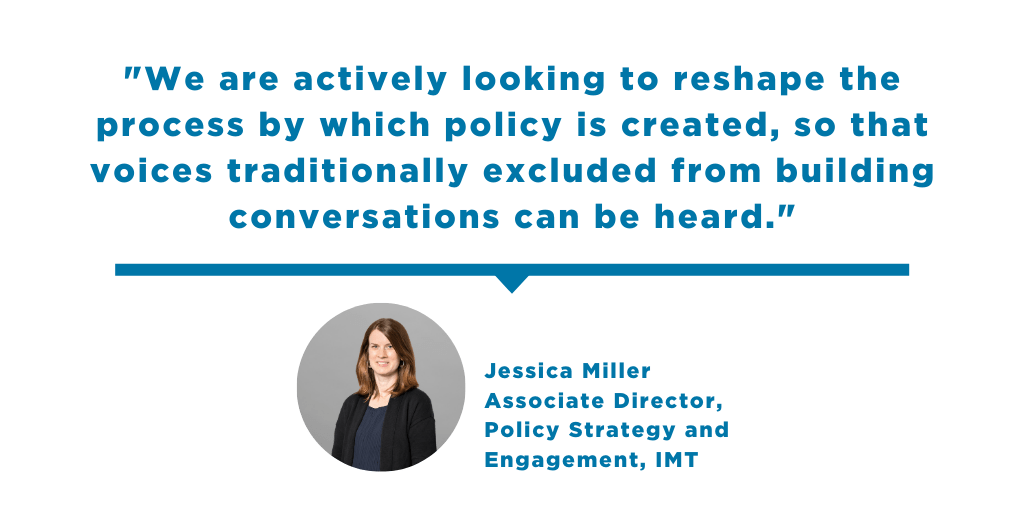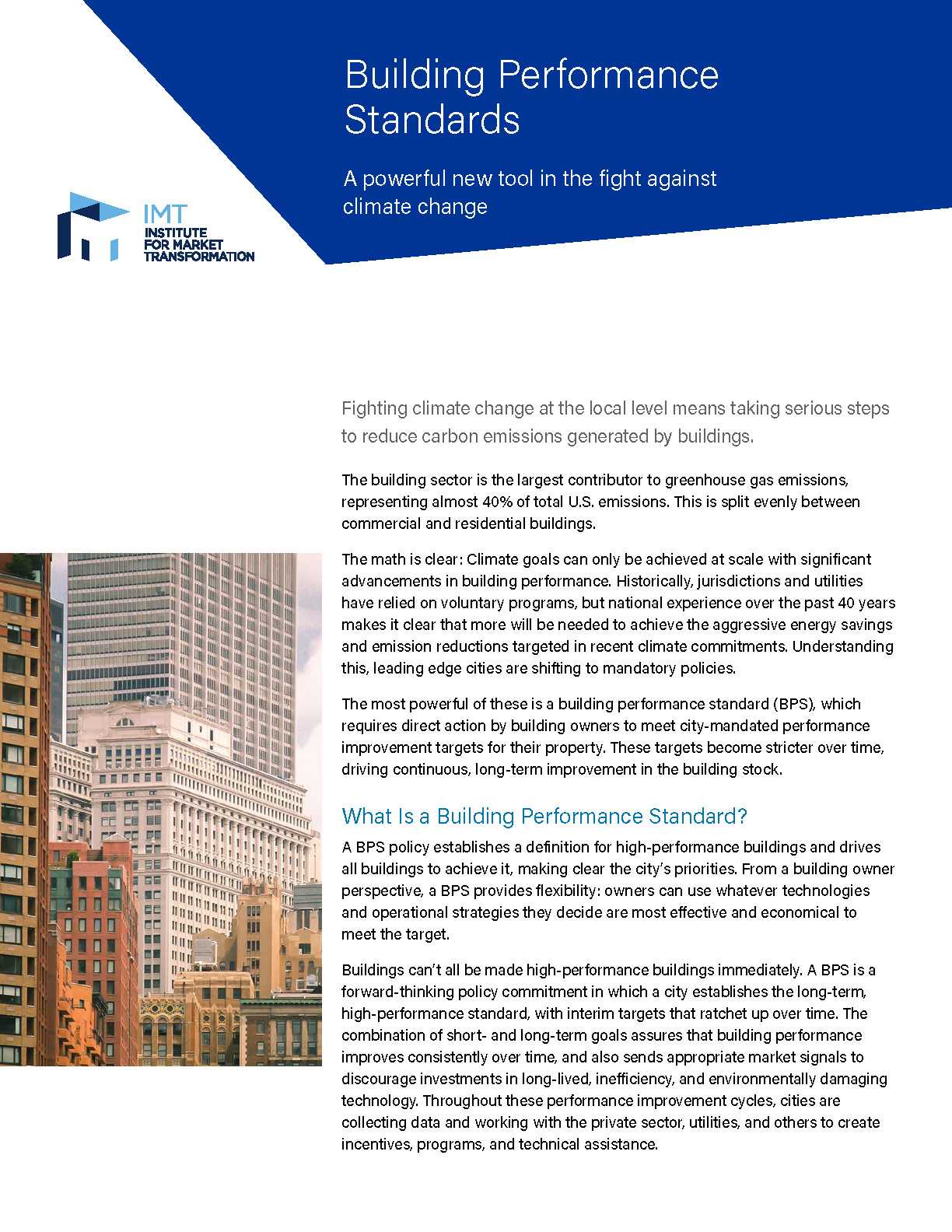Ambitious building performance standards (BPS) have the potential to generate massive energy and carbon savings; a worthy goal as addressing the climate crisis becomes increasingly urgent. However, it’s increasingly imperative that performance-based policy look beyond carbon and energy. Buildings are where we work, send our children to learn, and buy food to feed our families; the built environment touches on almost all aspects of our lives. As the COVID-19 pandemic has starkly emphasized, buildings can be both a refuge as well as a danger to our health. Further, the disparity in mortality rates from the pandemic tell yet another story. During a pandemic that requires sheltering in place, it’s become apparent there is a significant disparity in the quality and quantity of physical space available.
Systemic disinvestment and racist policies over generations have culminated in communities of color living in crowded, smaller spaces that don’t provide adequate opportunity to quarantine. Low-income neighborhoods have less access to quality food, reliable internet, adequately staffed medical facilities, and other social supports that have allowed for the lower mortality rates in predominantly white neighborhoods. Buildings serve as one of many nexus points where policymakers have the opportunity to address some of these layered issues in a more holistic way. Building performance standards can integrate requirements that touch on issues such as health and affordability and also serve as a starting point for a more comprehensive policy agenda.

As part of IMT’s work to develop a model building performance standard ordinance that can be adapted and adopted by jurisdictions nationally, we are also working to develop a suite of social issue toolkits that will allow policymakers to build performance standards that address existing inequities. We are connecting with national experts on issues including housing affordability, public health, economic development, and resiliency in order to vet successful policy and program examples that might fit into a BPS context.
With the intersection of buildings and health top of mind, we are working with the International Well Building Institute to identify complementary policy solutions, such as a streamlined way to collect information from building owners around ventilation and indoor air quality. This could fill a current data gap in assessing the health of U.S. buildings and create a data set that could allow policymakers to aggregate this information across a community. Using lessons learned from building benchmarking—in which jurisdictions collect information on energy performance—jurisdictions can collect baseline information around healthy building attributes and create a foundational understanding for where action may be needed. Imagine, for example, if we had data points about the ventilation performance of public school buildings across a city and how that information could help policymakers make more informed decisions about re-opening amid the ongoing pandemic.
Preserving affordable housing and preventing displacement are also social imperatives; these issues also present the clearest opportunity for risk when adopting a BPS. IMT has conferred with housing experts and researched best practice policy solutions in order to incorporate protections directly into our model ordinance framework. As described in the Model Ordinance Summary, the compliance section allows owners of affordable housing flexibility in order to align investments in energy efficiency with refinancing periods; this is often the only time that owners have the access to capital needed to complete the upgrades need to comply with a BPS. Further, we recommend that cities create a task force to explore the feasibility of standing up a turnkey financing and technical assistance program for owners who need additional resources to comply. We are currently piloting this concept with a handful of cities nationally and intend to produce resources with guidance based on our learnings. In parallel, we are continuing to research applicable policy tools to protect tenants from the risk of displacement which may be adopted as a part of a more comprehensive policy agenda.
We are also actively looking to reshape the process by which policy is created, so that voices traditionally excluded from building conversations can be heard. Our team is working on guidance to help cities undertake deep community engagement processes when beginning the policy design process, so that the policy can incorporate solutions that address locally defined social priorities and the policy itself is built by community-based practitioners. IMT endeavors to shift its own paradigm and develop resources which support communities to play a leadership role in this process rather than recommending top-down solutions.
It is in this way that building performance can start to inspire a shift where we all define building performance in the broadest sense, recognizing the interconnectedness of the complex issues we face as a global community. This work is challenging and layered, but also critically important to our mission. We are hoping to release a round of policy briefs and issue toolkits in 2021.

